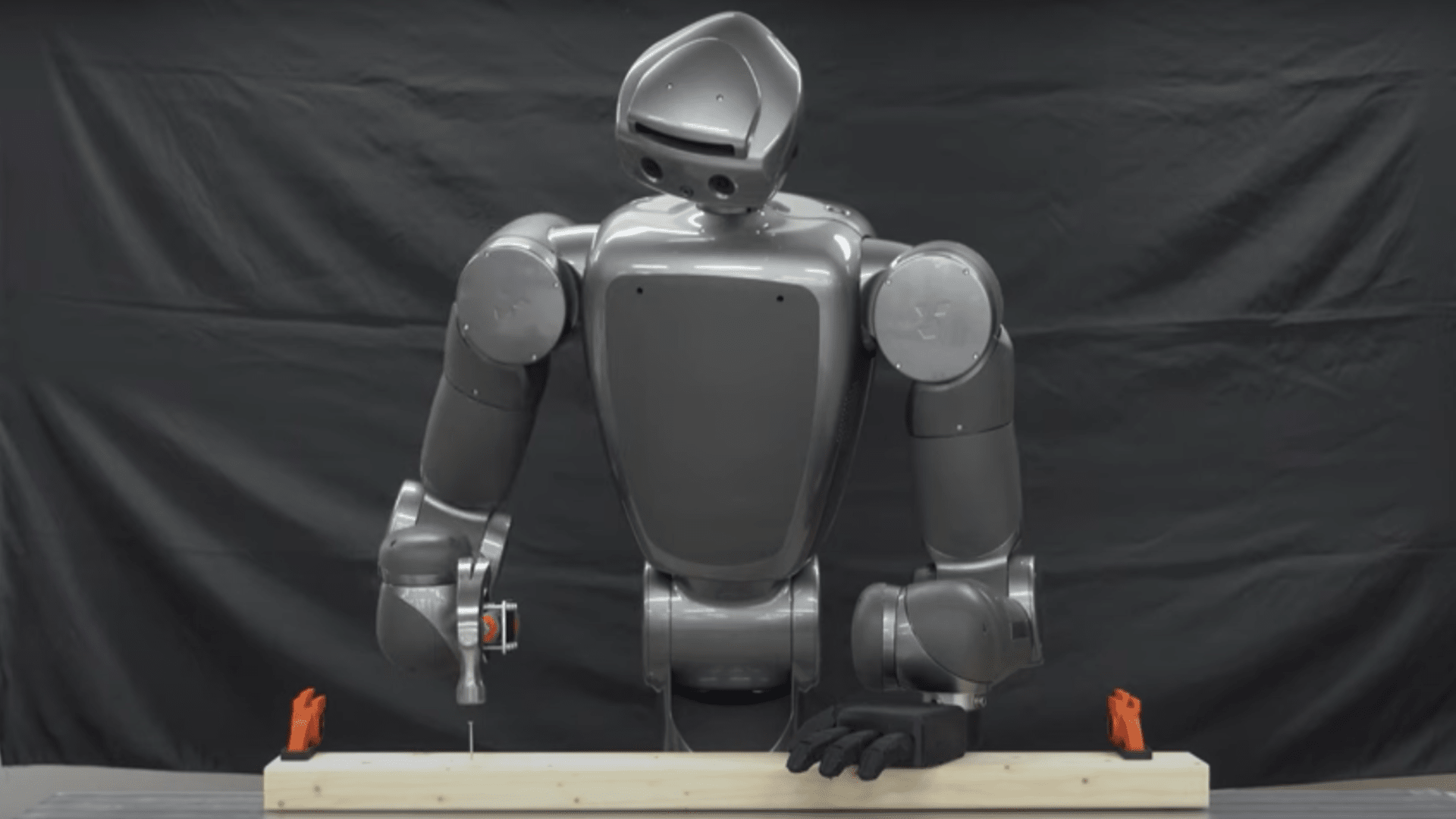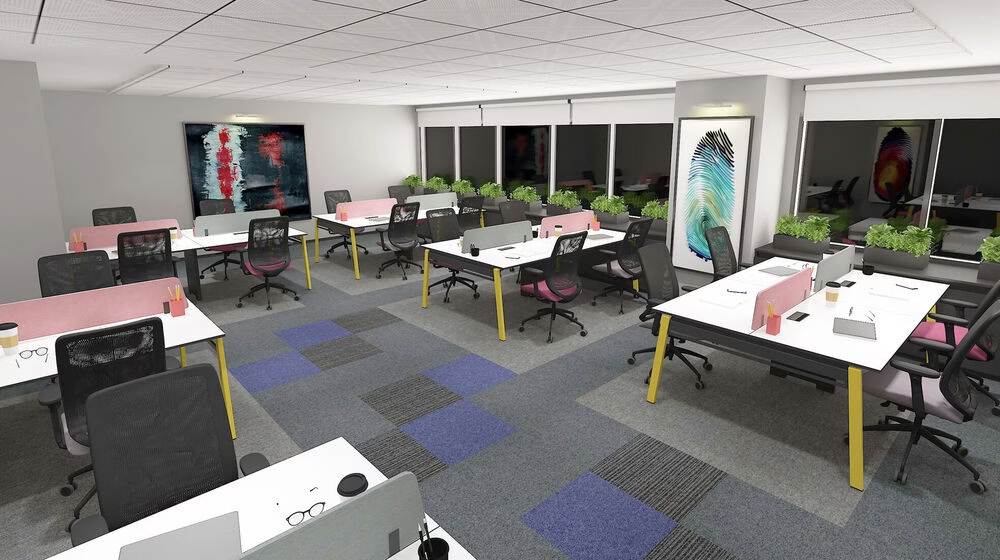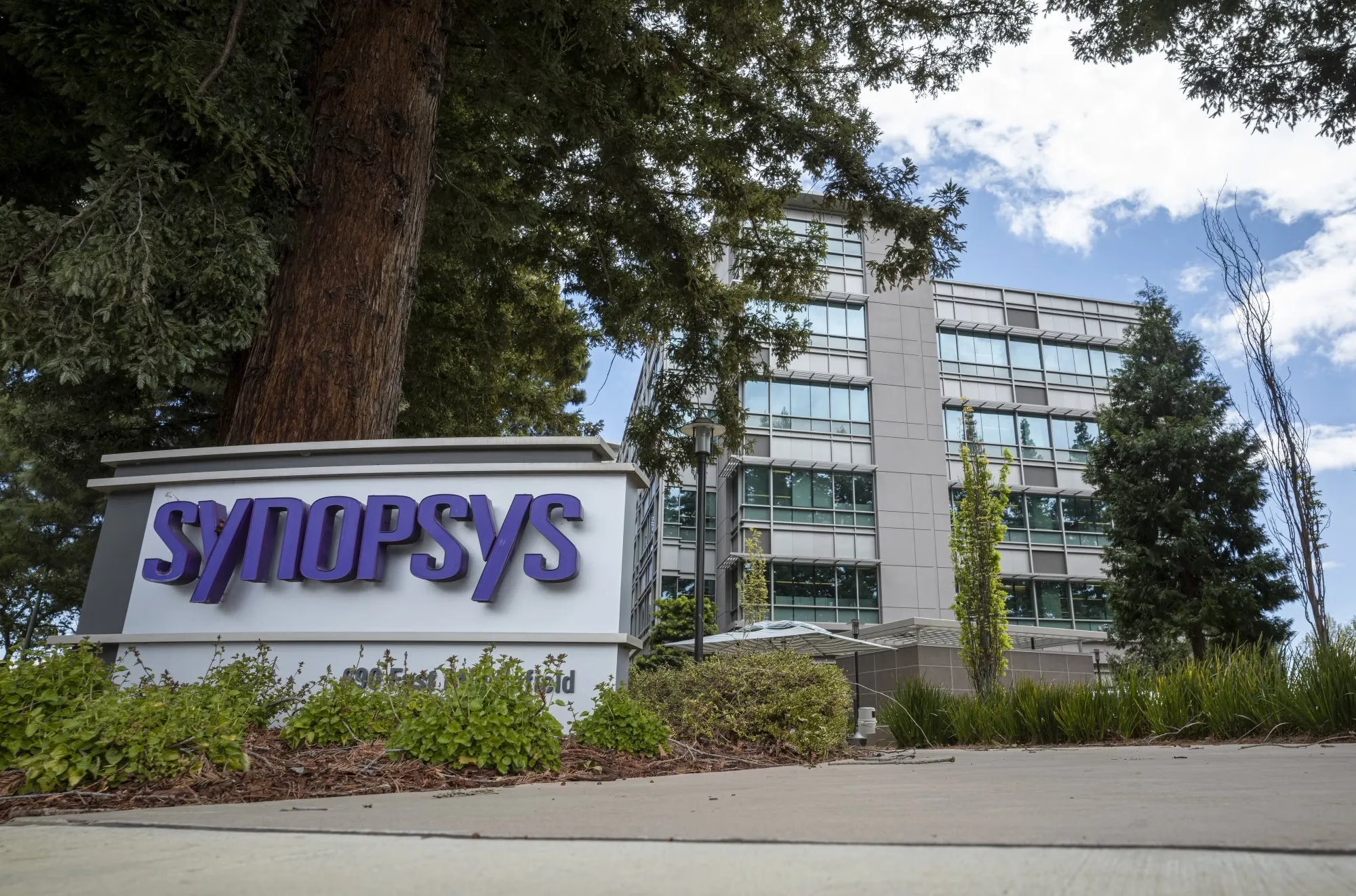Researchers at the Italian Institute of Technology (IIT) in Genoa have developed a groundbreaking autonomous robot named VERO (Vacuum-cleaner-equipped RObot) to aid in environmental cleanup. This innovative platform is designed to help clean parks, beaches, and narrow alleys, focusing particularly on removing cigarette butts from hard-to-reach areas.
VERO is equipped with four legs, each connected to an onboard vacuum cleaner via hoses. Each foot has a vacuum cleaner nozzle, allowing the robot to gather cigarette butts while moving by simply walking up to the litter and turning on the vacuum. This capability makes VERO particularly effective in areas inaccessible to traditional wheeled and tracked robots.
Litter, especially cigarette butts, poses a significant threat to ecosystems, particularly marine environments. Coastal and urban litter often travels through gutters, streets, and waterways, eventually reaching the sea, where it releases toxic chemicals and microplastics as it decomposes. Traditional litter removal relies heavily on manual labor, which limits the amount of waste that can be collected effectively.
The IIT team introduces VERO as an innovative solution to this problem. Built on the AlienGo platform from Unitree, VERO features a commercial vacuum attached to its back, with custom 3D-printed nozzles fitted to hoses running from the vacuum down each leg. This design maximizes ground-level suction without hindering the robot’s movement.
VERO uses a convolutional neural network to detect litter and a planner to determine the best way to collect all identified objects. For precise cleanup, a visual-servoing system guides the vacuum nozzle, attached to one of the robot’s legs, directly over the detected cigarette butts. Visual-servoing is a technique that uses feedback from a vision sensor to control the robot’s motion.
Extensive testing in six different outdoor scenarios demonstrated VERO’s efficiency, with the robot successfully collecting nearly 90 percent of cigarette butts in various environments. This performance likely surpasses human efficiency, as humans can lose patience and focus. Despite its slower pace, VERO’s ability to work continuously as long as its battery lasts makes speed less critical.
The researchers claim this is the first instance where a legged robot’s legs are used simultaneously for movement and another task. Unlike other robots that temporarily repurpose their feet for actions like opening doors, VERO continues to use its legs for locomotion while performing additional tasks.
This innovative approach to litter removal promises to enhance environmental cleanup efforts significantly, offering a more efficient and continuous solution to the global litter problem.



